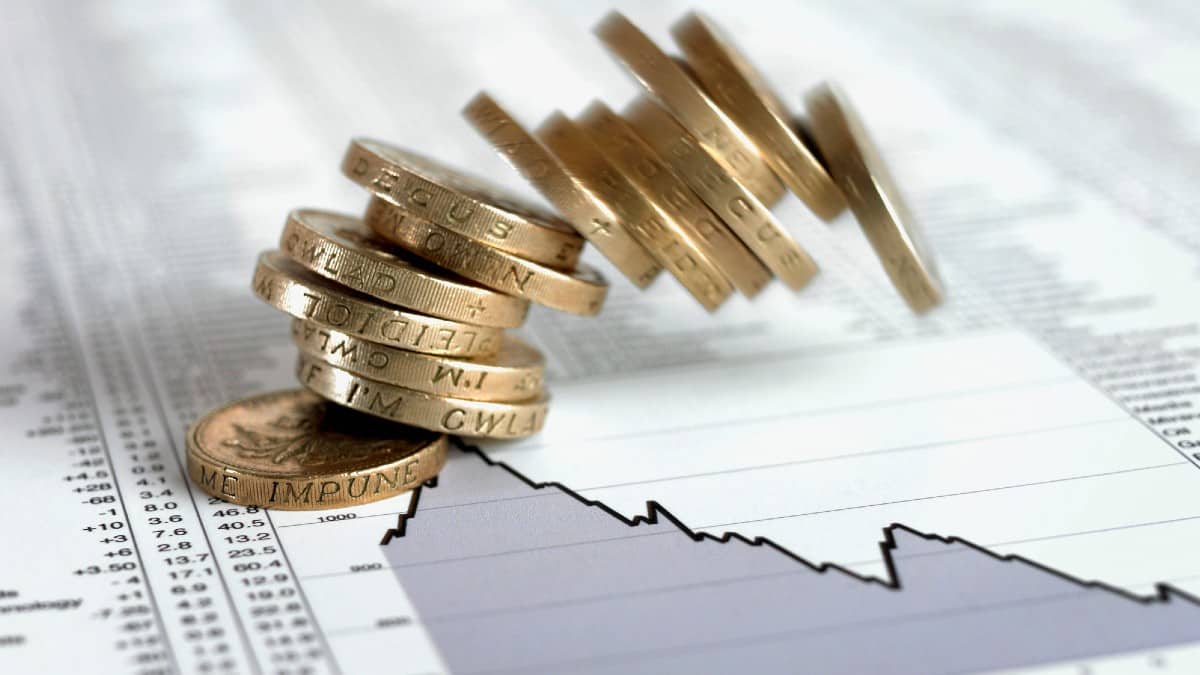There are only four weeks left to use or lose this tax year’s stocks and shares ISA allowance. According to the latest HMRC report, just 3 million people in the UK have invested in stocks and shares ISAs, compared to 10 million in cash ISAs.
Yet stocks and shares ISAs have the potential to offer far higher returns than cash ISAs. Research from AJ Bell reveals that the average stocks and shares ISA has returned 100% over the last decade, compared to 17% for the average cash ISA.
Having held a stocks and shares ISA for 20 years, I’m going to share my experience to help you avoid making my (potentially costly) investing errors.
[top_pitch]
My top 5 stocks and shares ISA mistakes
1. Past performance bias aka ‘buying last year’s winners’
Unfortunately, I fell into this trap with my choice of funds in 2021. Baillie Gifford had achieved some amazing fund returns in 2020, tempting me into replacing my ‘under-achievers’ with a plethora of Baillie Gifford funds.
Big mistake. Baillie Gifford Long Term Global Growth was crowned number 1 of the global funds in 2020 with an annual return of 96%. Sadly, it went from hero to zero thereafter. It’s still languishing in the bottom quartile with a negative year-to-date return of -26%, according to Trustnet. I made a similar mistake with the Baillie Gifford UK Alpha, Pacific and Managed funds (I’ll stop there…).
Like stock markets, most funds go through cycles of under-performance and out-performance. Our Foolish philosophy is to buy and hold quality investments for the long term. I failed to follow the golden rule on this occasion.
2. Ignoring passively-managed tracker funds
Funds that are actively managed by fund managers tend to charge an annual fee of around 0.5%-1.0%. I’ve always viewed this as a small price to pay for funds that consistently out-perform passively-managed tracker or index funds. Or so I thought.
According to Trustnet, the top-performing fund over the last three years is the iShares S&P 500 Information Technology Sector UCITS ETF, delivering a return of 115%. And its annual expense ratio is only 0.10%.
Instead, I invested in the Fidelity Global Technology fund, which has also delivered a creditable three-year return of 96%. Pretty good, but below the iShares S&P tracker and it has a higher annual expense ratio of 1.04%.
With the benefit of hindsight, I wish I’d invested in more tracker-type funds. Their fees are lower and investing this way saves you trying to pick top-performing fund managers.
3. Not paying enough attention to fees
As I opened my first ISA through an independent financial adviser, I paid a 5% commission on every contribution. As a result, my funds had to increase by 5% before they broke even.
So I moved my stocks and shares ISA to Hargreaves Lansdown, one of the Motley Fool’s top-rated providers. They don’t charge an initial fee, so 100% of my contribution is invested in the funds. And they’ve also negotiated discounts on some of the funds’ annual management fees.
Our list of top-rated stocks and shares ISA providers could save you time and money when choosing your ISA provider.
[middle_pitch]
4. Not timing fund sales and purchases
One of the disadvantages of funds is that they’re forward priced. This means you don’t know the price your order will execute at (usually later that day).
This can create an issue in volatile markets. For example, my Baillie Gifford UK Equity Alpha fund fell by 5.9% in one day last week. So it’s worth trying to time purchases and sales accordingly.
In the last few years, I’ve tried to keep an eye on daily fund prices if I’m swapping between funds. I try to sell my funds when the previous day’s unit price is near its high and the markets have risen the previous day. This helps to optimise my selling price as far as I’m able to.
5. Not making regular contributions
In my first few years of ISA investing, I was disciplined about making monthly contributions to a range of funds. This was a good approach as drip-feeding my money helped to average my in-price.
When I moved my stocks and shares ISA to Hargreaves Lansdown, I switched to making lump-sum contributions instead. Things were going swimmingly at first, with my ISA investments achieving a 70% annual return in 2005-6. But after the global financial crash in 2008 dented the value of my ISA by 33%, I decided to stop my ISA contributions for the next five years.
As a result, I missed out on the opportunity to buy funds at a lower price and increase my future gains. What’s more, my ISA pot grew by 46% the following year, recovering its previous loss and making a net gain.







